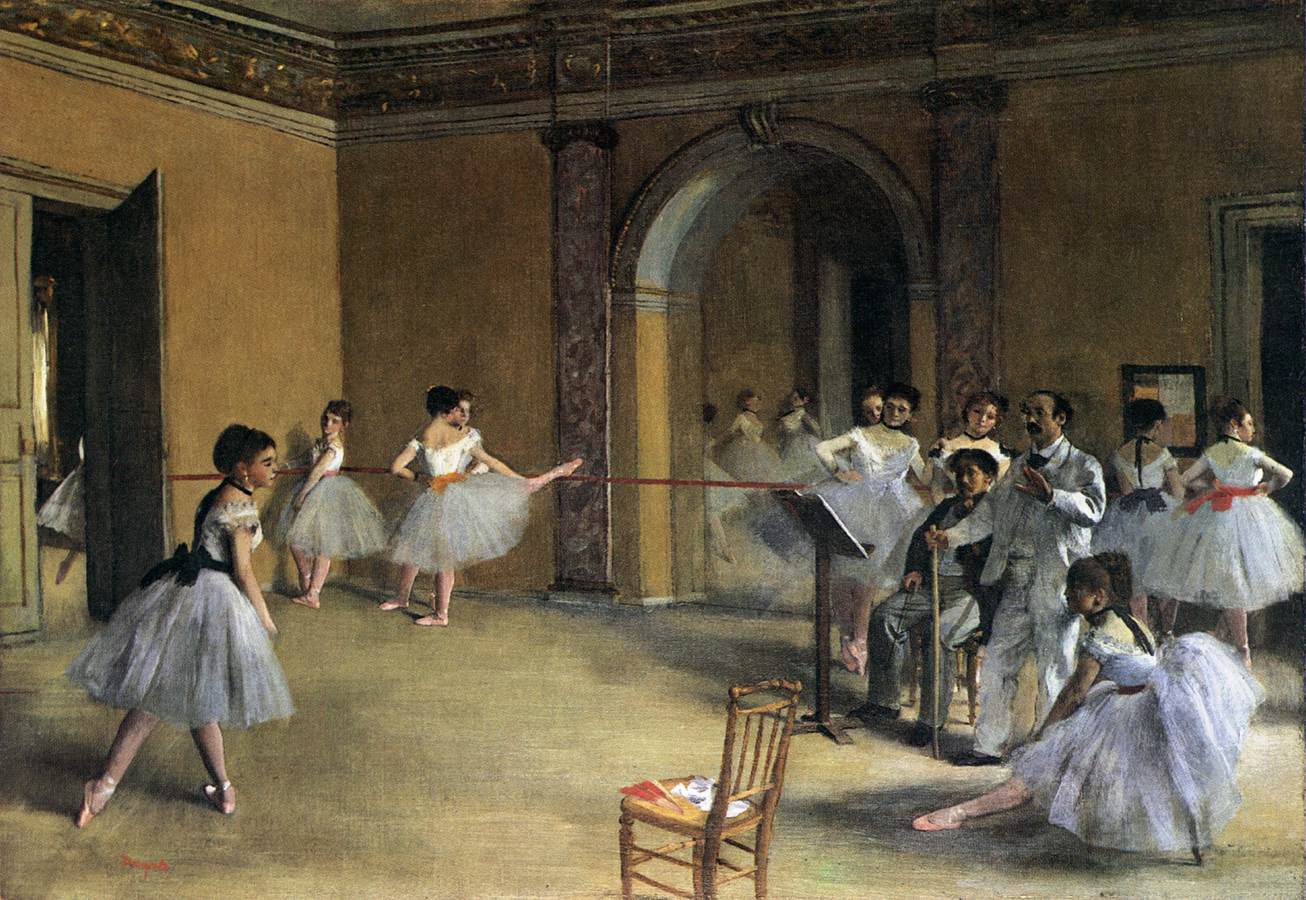Description
The painting The Foyer of the Opera at Rue Le Peletier by Edgar Degas is a masterpiece of French Impressionism. This piece of art shows the social and cultural life of Parisian society at the end of the 19th century.
Degas used a loose, rapid brushstroke technique characteristic of Impressionism to capture the vibrant and dynamic atmosphere of the theater foyer. The composition of the painting is very interesting, as Degas used oblique perspective to show different angles of the space and create a sense of depth.
The colors used in the painting are very striking and vibrant, especially the red and gold tones that are used to represent the luxurious interiors of the theater. Light also plays an important role in the work, as Degas uses shadows and reflections to create a sense of movement and life.
The history of the painting is fascinating, as it was created shortly after the Paris Opera house on Rue Le Peletier was destroyed in a fire in 1873. Degas captured the life and energy of the theater before its destruction, which makes the painting even more valuable and meaningful.
In addition, there is a little-known aspect of the painting that is interesting to highlight. Degas was not only a painter, but also a photographer, and the technique of photography influenced his artistic style. Degas is believed to have used a camera to capture images of life in the theater and then used them as references for his painting.
In summary, Edgar Degas' The Foyer of the Opera at Rue Le Peletier is an impressive and significant work of art that depicts the social and cultural life of late 19th century Parisian society. Its loose and rapid brushwork technique, interesting composition, vibrant colors, and fascinating history make it a work of art worth admiring and studying.

